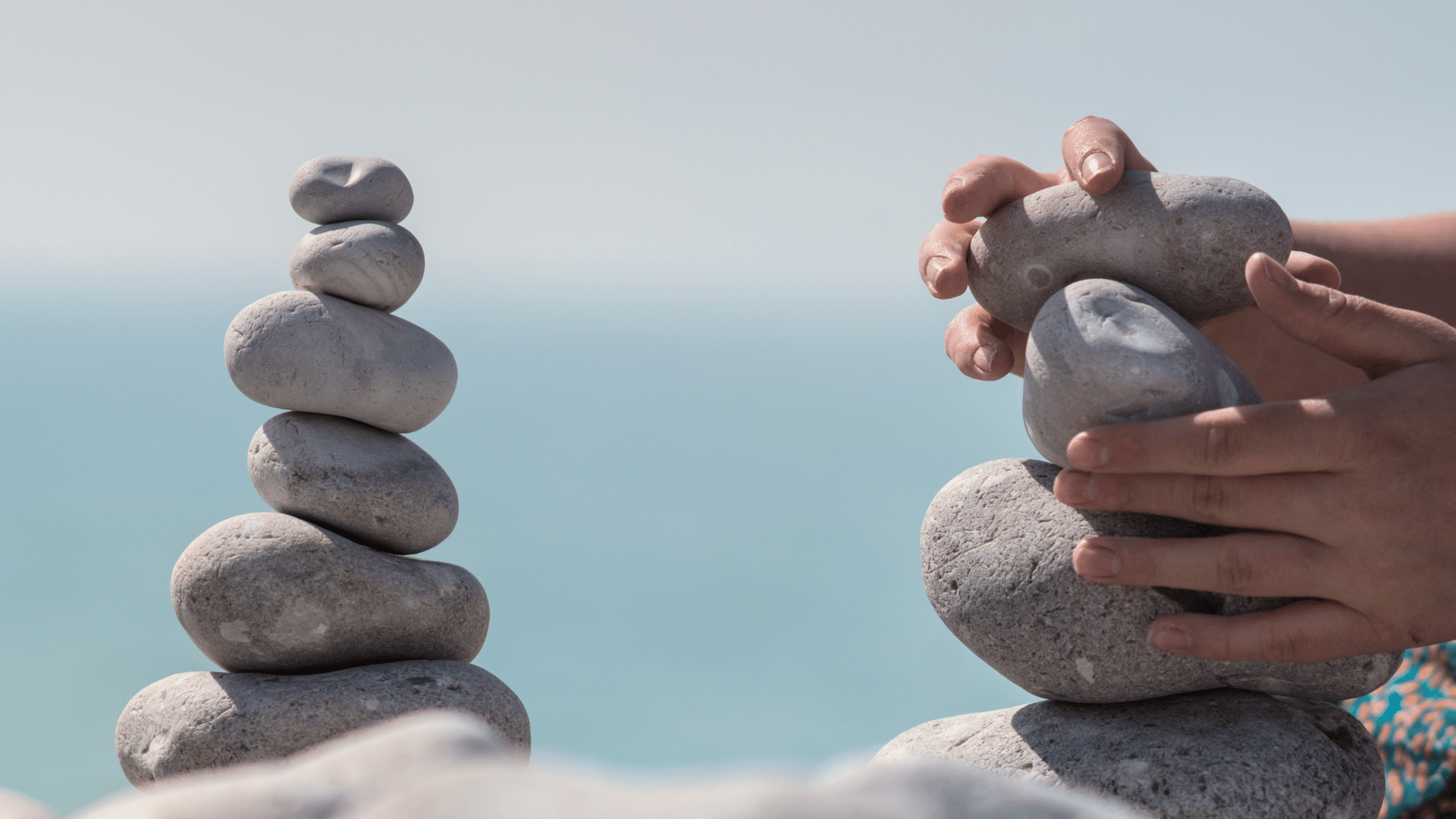With the world getting darker earlier and the sky sending it’s evil little white things down to us, this is the most common time of the year for people to get sad.
Well, not sad per se. Sad is when your ice cream falls off your cone. Sad is when you bump your big toe on the side table. Sad is when you realize your roommate drank all of the coffee. Being sad is an entire spectrum of things, and what sad is to me might not be sad to someone else.
Seasonal Affective Disorder, abbreviated as SAD, is a type of depression that relates to the changes of the seasons. Sometimes the medical field names things very simply.
Seasonal Affective Disorder isn’t just a case of the winter blues, it’s more than that. It most commonly starts in the fall and continues on through the winter, but sometimes can start in the spring and go through the summer. It’s caused typically by your circadian rhythm being off, low levels of serotonin, and decreased melatonin levels, which all are common when we stop seeing the sun on a regular basis.
It’s common to want to stay cozy inside for winter – I love a good cup of tea and a terrific book to hide away from the frightening white stuff outside – but this elective hibernation can have adverse effects, including exacerbating SAD.
Signs and symptoms for SAD can be oversleeping, appetite changes, weight gain, and fatigue. As a student, I can say that I relate to these feelings quite often, but I don’t suffer from SAD.
So how do we figure out whether you’re a suffering student or suffering from depression? The answer is simple. Is the onset of symptoms affected by the weather or by the fact you have procrastinated on that midterm assignment? Do your symptoms go away when the weather changes again? If you can’t figure it out yourself, seek out a doctor.
There are a few at-home remedies that may help with SAD. Firstly, talking with someone about your struggles can help. If you aren’t comfortable with talking to someone you know, we do have an excellent listening service with Vent Over Tea (wink). Talking to someone can help relieve some of the tension and sadness that you feel, and the person you confide in may have some coping mechanisms that could help you.
Improving your mind-body connection with yoga, meditation, music or guided imagery can be helpful, too. Also, taking Vitamin D helps regulate mood to replace the sunlight that you are missing out on, but it’s also important to try and go out and see the sun a little more often than we might normally like to in below-freezing temperatures. Studies suggest walking outside for half an hour in the winter can significantly improve your mood.
If your symptoms persist, you should see a doctor. Doctors can prescribe medications that can help jumpstart your recovery. Although seeing a doctor and going on medication may seem extreme, SAD can be intense. Don’t forget, seeking help is a sign of healing, not of getting worse.
Most of all, remember that this too shall pass. And all of us here at Vent Over Tea are here for you, feel free to contact us to make an appointment.
-

Katherine is a former West Islander currently living in Pembroke, trying to be a nurse.
View all posts



